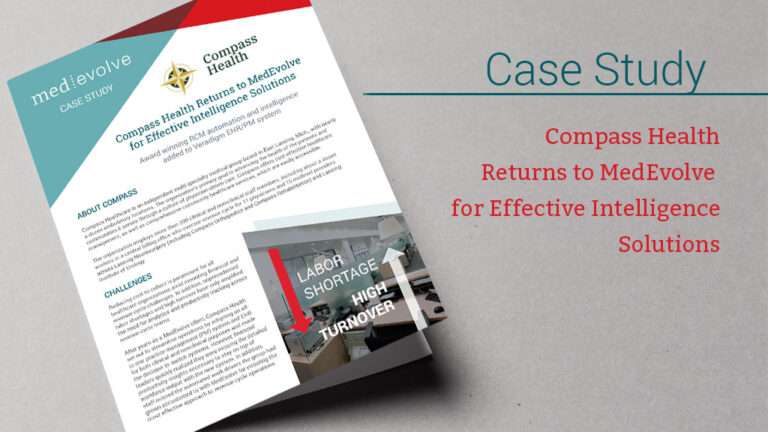Definition and purpose of patient registration
Patient registration is the process by which healthcare providers collect and record essential information about patients when they seek medical care or services. It is typically one of the initial steps in the healthcare revenue cycle and serves as the foundation for establishing a patient’s medical record. The patient registration process involves gathering personal, demographic, and insurance details to ensure accurate identification, communication, and billing.
Key components of patient registration
Personal Information
Patient registration begins by capturing personal details, such as the patient’s full name, date of birth, gender, and contact information (address, phone number, email). This information helps in uniquely identifying the patient and establishing their identity within the healthcare system.
Demographic Information
Healthcare providers collect additional demographic information, including marital status, occupation, ethnicity, and preferred language. This data assists in tailoring care and communication to meet the patient’s specific needs.
Medical History
Patient registration often involves gathering pertinent medical history information, such as previous illnesses, surgeries, allergies, and current medications. This information helps healthcare professionals understand the patient’s medical background and make informed decisions about their care.
Insurance Information
Patients are typically asked to provide details about their insurance coverage during registration. This includes the name of the insurance company, policy or group number, and any associated identification numbers. Verifying insurance information helps healthcare providers determine the patient’s coverage, eligibility, and any financial responsibilities they may have.
Consent and Authorization
Patient registration may involve obtaining the patient’s consent and authorization for the collection and use of their health information in accordance with privacy laws and regulations. This includes explaining the facility’s privacy practices, patient rights, and consent for treatment and sharing of information with relevant parties.
Financial Responsibility
During registration, patients may be asked to provide information related to their financial responsibility, such as co-pays, deductibles, or any self-pay arrangements. This allows healthcare providers to estimate the patient’s financial obligations and ensure accurate billing and payment processing.
Medical Record Creation
Once all the necessary information is collected, a unique medical record or patient identifier is created. This record serves as a comprehensive repository for all relevant medical and administrative information related to the patient. It includes clinical notes, test results, treatment plans, and other pertinent documentation throughout the patient’s healthcare journey.
The patient registration process aims to establish accurate and complete patient records, facilitate effective communication and coordination of care, and ensure proper billing and reimbursement. It is essential for providing quality healthcare services and maintaining accurate and up-to-date patient information within healthcare systems.









